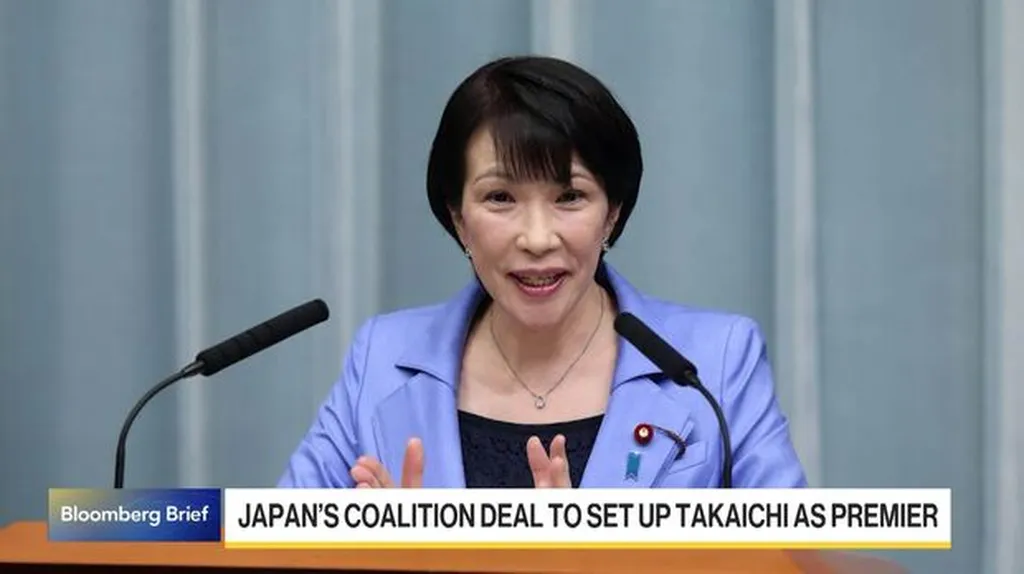Prime Minister Sanae Takaichi’s inauguration marks a pivotal moment for Japan’s defence policy, with a clear emphasis on dual-use technology investment and international cooperation. Her agenda, outlined during the September LDP leadership campaign and aligned with Japan’s 2022 National Defence Strategy (NDS), signals a strategic shift toward modernising the military and fostering economic growth through defence innovation.
Takaichi’s vision for Japan’s defence sector is multifaceted. She has prioritised modernising military capabilities to counter emerging threats, including space, cyber warfare, unmanned aerial vehicles (UAVs), and hypersonic missiles. Additionally, she has stressed the need to enhance personnel recruitment by improving working conditions and career opportunities within the armed forces. Her focus on resilience extends to protecting critical infrastructure, such as undersea cables and satellites, and mandating underground shelters in major construction projects.
However, her most significant emphasis lies in promoting defence and dual-use technology research. “Developing defence-related industries with [investments in] dual use technologies whose spin-offs are directed to the civilian sphere will greatly contribute to economic growth,” Takaichi stated, citing examples like Radio Frequency ID (RFID) tags and collision avoidance systems in commercial vehicles. She has also framed increased defence spending as a necessary investment for Japan’s future economic stability, suggesting that such growth could help secure the tax revenues needed to further strengthen defence capabilities.
Takaichi’s commitment to international cooperation is equally notable. She has expressed a desire to deepen Japan’s partnerships with what she refers to as “quasi-allies,” including the UK, Italy, and Australia. A key example of this cooperation is the Global Combat Air Programme (GCAP), a joint initiative with the UK and Italy to develop a next-generation stealth fighter. Takaichi believes this collaboration could not only strengthen defence relations with Europe but also spur the development of new technologies and industries with broader commercial applications, ultimately benefiting Japan’s economy.
The success of Takaichi’s defence agenda, however, hinges on political dynamics beyond her control. While her priorities are widely supported within the LDP, the party’s legislative minority means that other factions will play a crucial role in determining their fate. If realised, her vision could reshape Japan’s defence landscape, reinforcing its military capabilities while driving economic growth through dual-use innovation and international collaboration.

